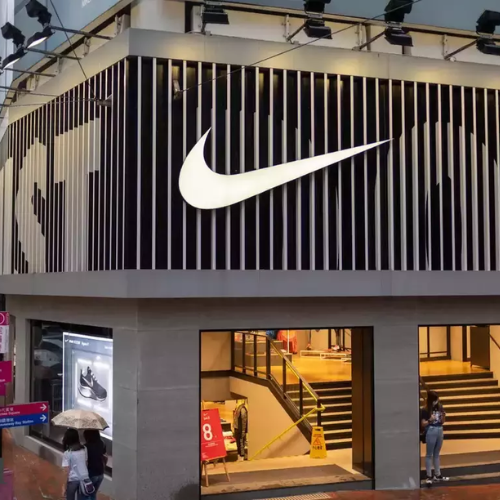Nike, one of the biggest sportswear brands in the world, is already struggling with falling sales. Now, things could get even worse. The United States government is planning to impose new tariffs on products imported from Vietnam. Since Nike produces a huge portion of its shoes and clothes in Vietnam, these new tariffs could mean higher costs for the company.
Nike makes half of its shoes and more than a quarter of its clothes in Vietnam. If the U.S. adds tariffs to these products, Nike will have to decide between raising its prices or absorbing the extra costs. But Nike is already lowering prices on some items to clear out its old inventory. If prices go up too much, fewer people might buy their products, especially since other brands are competing hard for customers.
“If tariffs are extended there, then Nike’s got a problem,” said David Swartz, an analyst.
3 Asian Giants Japan, China and South Korea Unite Against US Tariffs, Pursue Bold Free Trade Pact
Nike isn’t the only company that would be affected. Adidas, another major sportswear company, also relies heavily on Vietnam for production. While Adidas doesn’t make as much in Vietnam as Nike does, it still gets 39% of its shoes and 18% of its clothing from the country. Other brands like Lululemon, Columbia Sportswear, and Amer Sports also depend on Vietnam as a key manufacturing hub.
Why Vietnam Matters to Sportswear Brands
Over the years, Vietnam has become one of the most important places for making sportswear. Many brands have moved their production there to avoid high costs in China. Vietnam is known for producing high-tech running shoes, sportswear, and outdoor gear at competitive prices. But now, with the U.S. government considering tariffs, this advantage could disappear.
Currently, the average U.S. tariff rate on footwear from Vietnam is 13.6%, while apparel has an 18.8% tariff, according to Sheng Lu, a professor at the University of Delaware. If these rates go even higher, companies will have to pay much more to bring their products into the U.S. This will affect not just big names like Nike and Adidas but also smaller brands that rely heavily on Vietnam for their products.
Ecuador’s Shocking 27% Tariff Triggers Explosive Trade Clash with Mexico
One of these smaller brands is On, a fast-growing running shoe company. In 2024, On sourced 90% of its shoes and 60% of its apparel from Vietnam. Samuel Wenger, the company’s chief operating officer, acknowledged that tariffs play a role in pricing decisions. “Our premium brand gives us the ability to adapt our pricing thoughtfully,” he said.
Sneaker prices in the U.S. have already gone up by 25% since 2019 due to rising production costs, according to Beth Goldstein, a footwear industry analyst. More price increases could be difficult for shoppers to accept, especially as consumer confidence in the U.S. has dropped to its lowest level in four years.
Finding a Solution Won’t Be Easy
For sportswear brands, moving production out of Vietnam is not a simple solution. Other Southeast Asian countries, such as Cambodia and Indonesia, also make sportswear, but they might face tariffs too. Plus, production costs in these countries are already rising as more brands look to shift away from Vietnam and China.
Trump’s Tariff War Stalls Chinese Investment in Mexico
Factories in Cambodia, for example, are charging 5% to 10% more than before as they receive more orders from companies looking to diversify their supply chains, said Michael Yee, CEO of apparel sourcing company MGF Sourcing. This means that even if Nike or Adidas moves production elsewhere, they might still face higher costs.
Despite the concerns, some experts believe that Vietnam might not get hit with tariffs as hard as China. The Vietnamese government has taken steps to strengthen its relationship with the U.S., such as agreeing to import more American goods and lowering duties. Johannes Loefstrand, a portfolio manager at T. Rowe Price, noted that Vietnam has been skillful in managing its geopolitical ties with the U.S.
Meanwhile, Wilbur Ross, who served as commerce secretary in the Trump administration, pointed out that the president had generally good ties with Vietnam and had no reason to impose tariffs that would be strongly felt by everyday consumers. “People notice the cost of apparel because they buy it fairly frequently,” Ross said.
If the U.S. goes ahead with the new tariffs, the sportswear industry could see major disruptions. Companies that depend on Vietnam will have to make tough decisions about pricing, production, and supply chains. For now, brands like Nike and Adidas are staying quiet, not commenting on what they will do next. But one thing is clear: if tariffs go up, the cost of sportswear could rise, and both companies and consumers will feel the impact.


